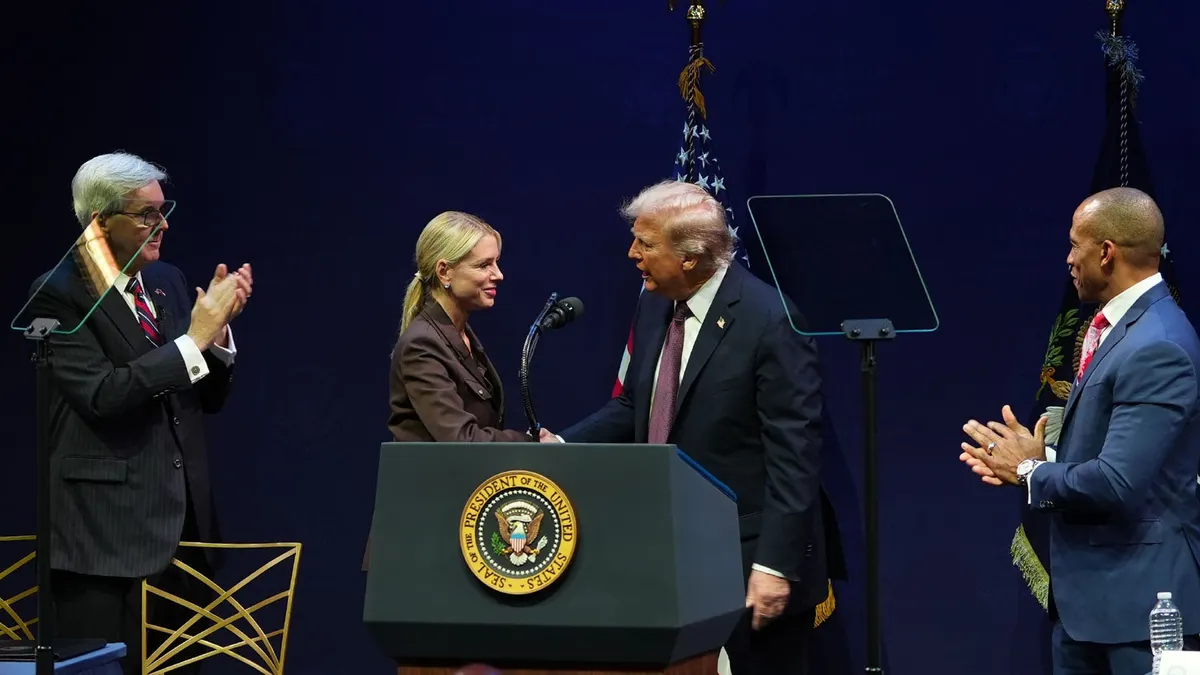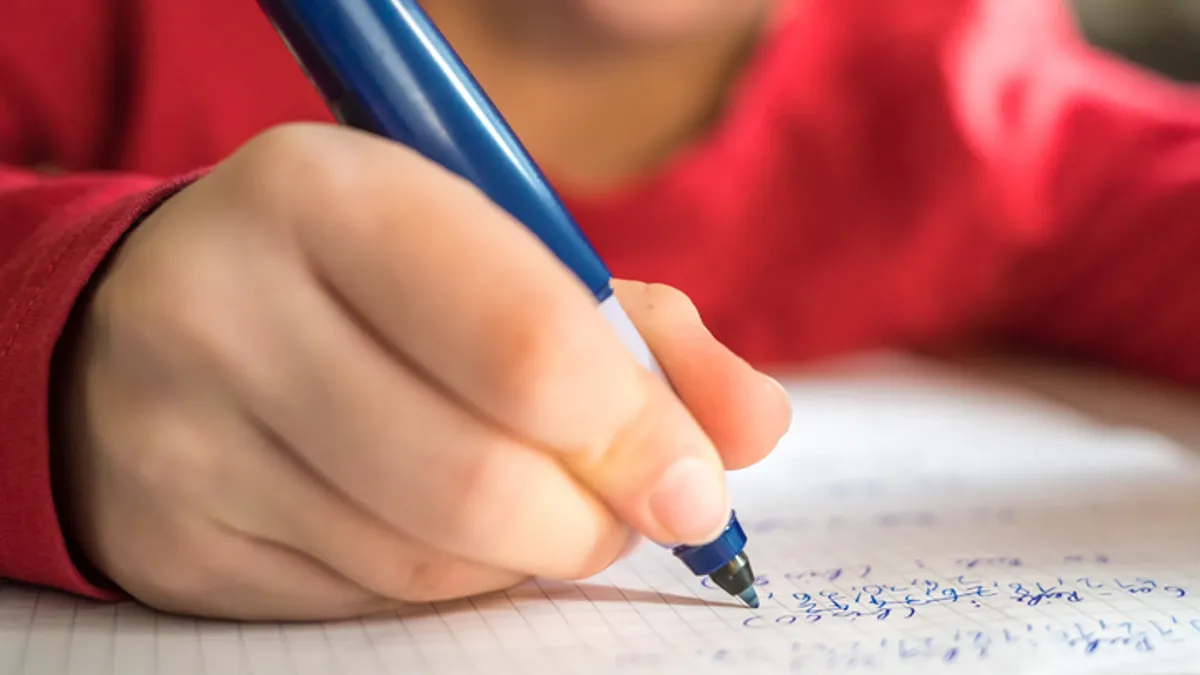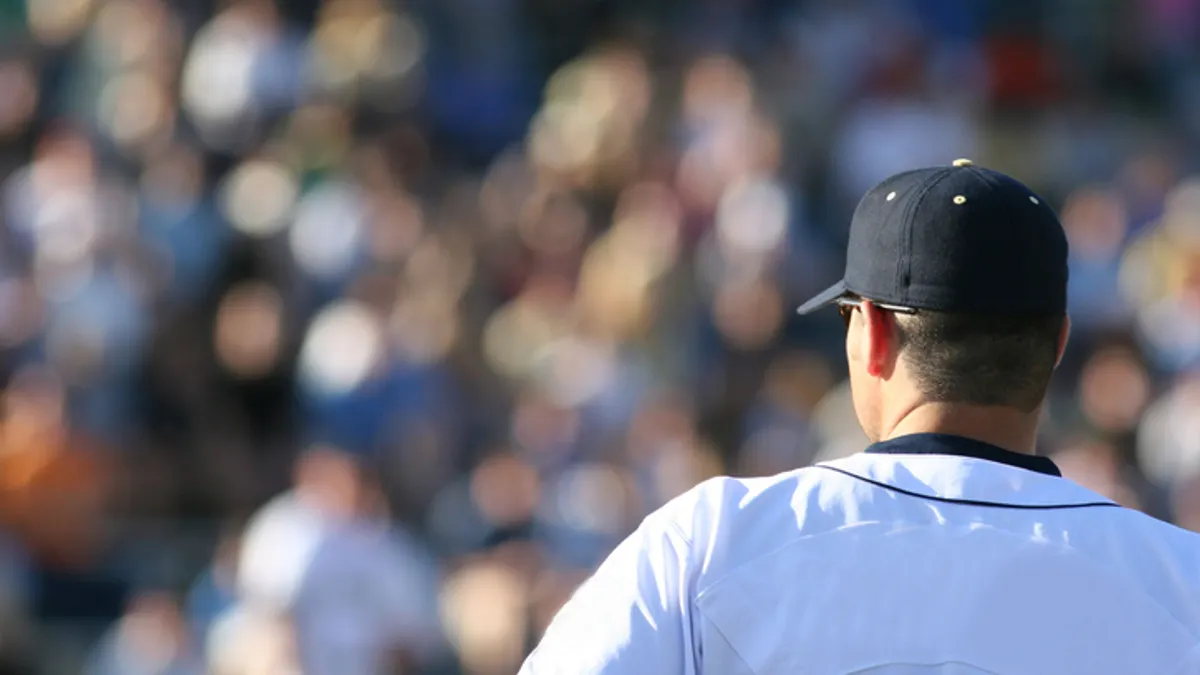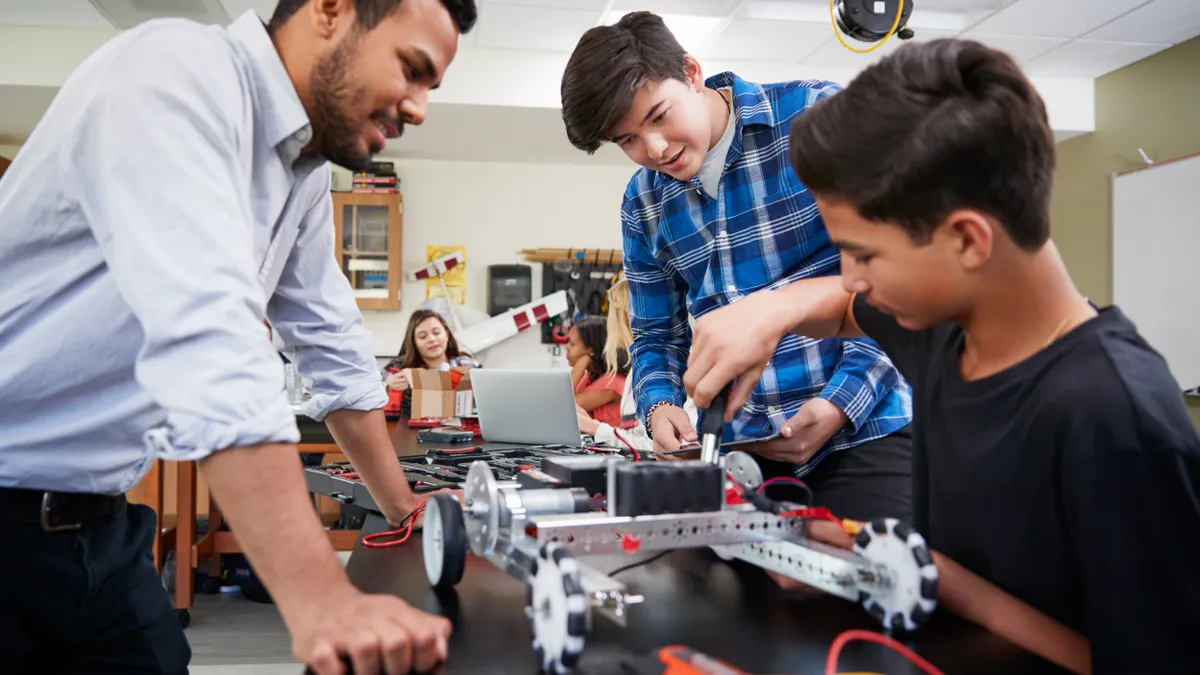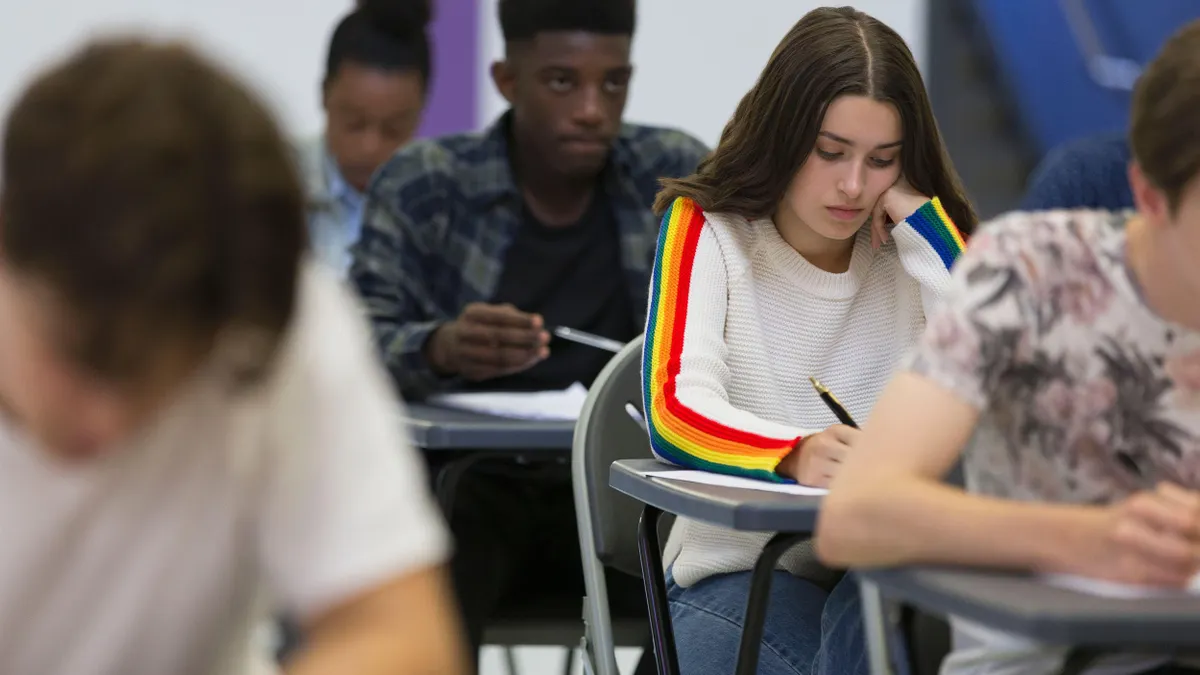Imagine a student who, in kindergarten is labeled a genius for his exceptional ability to solve math problems on his own. His principal recommends he skip ahead to second grade, but in second grade, his teacher tells him to stop doodling in the margins of his math tests. “This is how I see,” the student tells his teacher. “It’s unacceptable,” the teacher replies. So the student, a visual learner, heeds his teacher’s instruction, but his scores begin to decline. He’s eventually labeled special ed, and in an instant, the student goes from being labeled a genius to being a problem child. The student struggles for the next few years and later drops out of the school system altogether.
But when he drops out, he makes his way to the library to read up on W.E.B. du Bois. He googles and YouTubes everything he encounters that he doesn’t know, wanting to learn and understand the world around him. He learns to express himself through poetry and written and spoken word. He literally “dropped out of school to do more reading,” said University of Toronto researcher Emmanuel Tabi, who conveyed the student’s story during a panel on the opening day of the 6th Annual International Colloquium on Black Males in Education.
The problem for the student Tabi described was not just an inflexible teacher whose insistence on uniformity hindered his ability to learn. It was also a lack of engagement with the curricula presented to him during his years in school. He couldn’t see himself in the material, and thus it wasn’t relevant to him.
“Teacher-student relationships can actually be a key component of whether students actually succeed or fail,” said Amanda Arbouin, a senior lecturer at Nottingham Trent University in England, who said students’ “emotional withdrawal [can be] a defense mechanism against poor teacher-student relationships.”
Also at play is the idea of academic dis-identification, or detaching your self-esteem from academic performance, particularly if the curriculum doesn’t seem to apply to your life.
“Rejecting school can be a way of maintaining self-esteem if [school] denigrates your own culture,” Arbouin said.
Arbouin discussed the idea of needing to “de-colonize the curriculum” — an idea that first recognizes the lack of diversity in curriculum writers’ profiles and thus the course materials themselves, and then seeks to correct this at both the curricular and classroom levels.
“Identity is huge,” Tabi said, noting the importance of students being able to identify themselves in course materials and “speak about what matters to them … speak about who they are.”
A placard next to an exhibit at the Royal Ontario Museum on the experiences of Native students post-colonization reads, in part, “Within the ‘classroom’ all of the tools necessary for understanding are available. Yet knowledge was lost because of the disparity in understanding between different cultures or experiences, simply because the viewpoint of the ‘other’ wasn’t properly understood.”
From the Caribbean to the U.K. to the U.S. and Canada and surely across the globe, for students of color, particularly black males, “school, for the most part, [is] characterized by unfulfilled potential” due to negative stereotyping, conflict with teachers, and lowered expectations which see students graduating without any useful knowledge or skills necessary to continue to the next stage of life, said Arbouin.
“As educators, a lot of times we attribute the issues that boys are having to cultural differences — for instance, the bad decisions boys make, the [lack of] relationship-building,” said Lance McCready, assistant professor of urban education at the Ontario Institute for Studies in Education at the University of Toronto.
Derrick Brooms, an associate professor at the University of Cincinnati, said part of the problem is “we don’t even listen to our students when they talk about what they want. It’s that old indigenous wisdom that ‘whatever you do for me, without me, is against me.”
Making the investment
Moving the needle will require dedication from and collaboration between policymakers, curriculum writers and educators alike.
“The bottom line is it’s about investment, it’s about policymakers deciding that they’re going to invest in recruiting more diverse curriculum writers,” Arbouin said.
But then “people need time to actually go” out and find materials that are more reflective of a broader base of student experiences and “invest in putting those materials,” she said. “Information is available, and if we have time — and the investment of time and money — people can go and research” and make changes, she said.
And the concept of investment in curriculum extends to the teacher education curricula used to train these teachers who will later be forging relationships with an increasingly diverse student population, as well as counselors and psychologists who will be placed in schools.
Marc Grimmett, an associate professor in the School of Education at North Carolina State University, emphasized the critical need for “culturally competent therapists” who properly contextualize students’ previous and current experiences before slapping them with a diagnosis. “Inaccurate diagnoses can unintentionally justify disparate outcomes,” said Grimmett, who noted that in many cases, “past trauma, living in very difficult situations near or below the poverty line, are not considered at all.”
“If we only thought of our young people as infrastructure,” worthy of all of the planning and collaboration and resources we see after, for instance, a hurricane, the difference would be immeasurable, said Lou Matthews, who last week left his post as director of Educational Standards and Accountability at the Bermuda Ministry of Education, citing a lack of national commitment to improving the educational outcomes for students on the island.






 Dive Awards
Dive Awards

